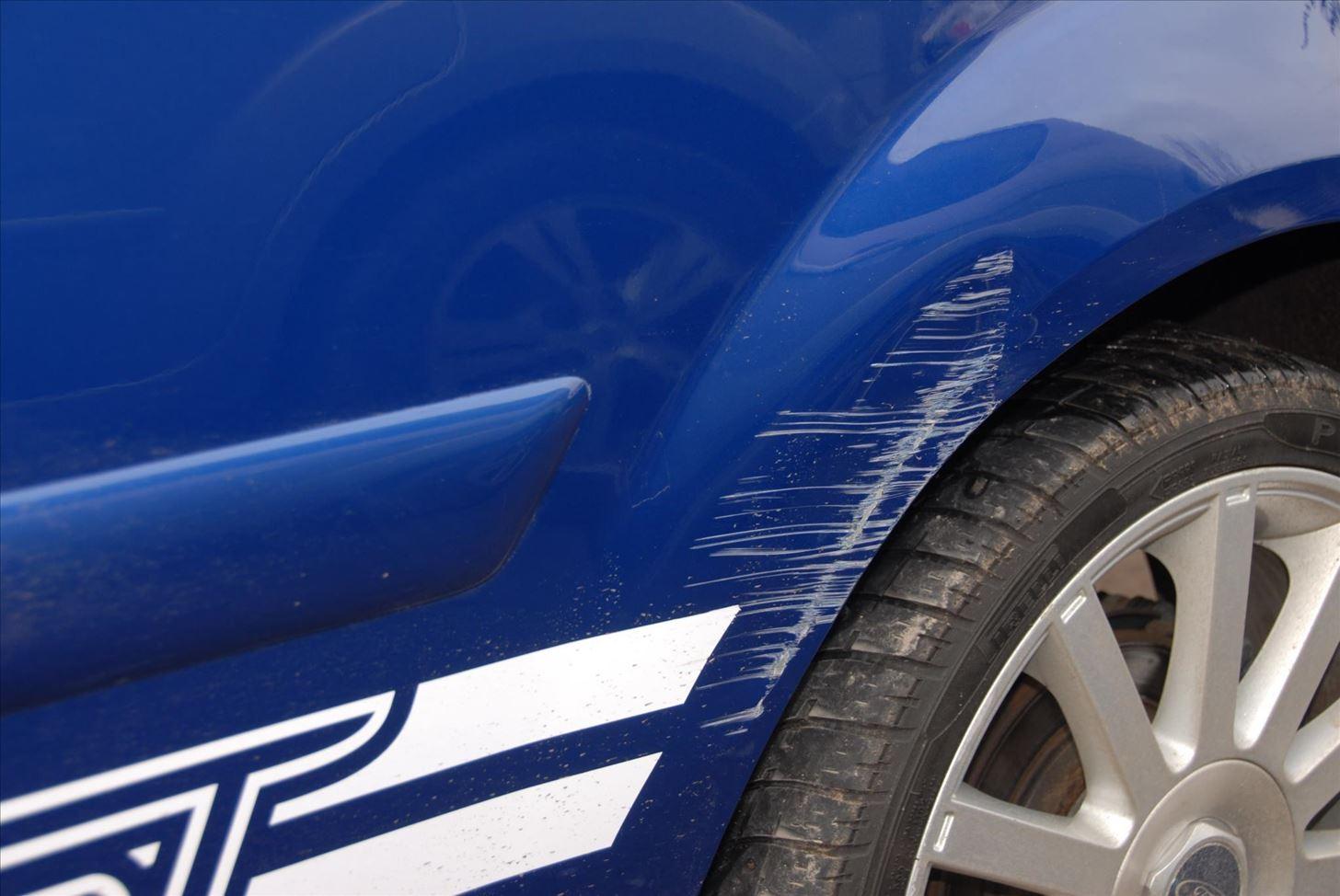Micro scratches, often referred to as swirl marks, are a common issue that plagues many car owners. These fine, hair-like scratches can occur for a variety of reasons, making them an inevitable part of owning a vehicle. Understanding how these scratches develop can help us take the necessary precautions to minimize their appearance and keep our cars looking their best.

Image: automotivesblog.com
The most common cause of micro scratches are improper washing techniques. When dirt and debris become trapped on our washcloths or sponges, they act like tiny abrasive particles that scratch the car’s clear coat as we clean. To avoid this, use a soft wash mitt or sponge designed for car washing, and ensure that they remain clean throughout the washing process.
Another prevalent cause of swirl marks is the use of automatic car washes. While convenient, these systems often employ harsh brushes that can leave behind scratches, especially on darker-colored cars. If possible, it is best to hand wash your car using gentle, non-abrasive cleaning products.
Even the act of drying your car can induce micro scratches if done incorrectly. Using rough or dirty towels can scratch the surface as you wipe. Opt for clean, soft microfiber towels specifically designed for car drying to avoid inflicting any damage.
Recognizing and Identifying Micro Scratches
Micro scratches can be easily identified by their subtle appearance. Unlike deeper scratches that cut through the car’s paint, micro scratches only affect the clear coat, the protective layer on top of the paint.
To spot them, park your car in a shaded area and observe the surface under a glancing light. This technique will illuminate the fine scratches, making them more visible.
Tips to Avoid Micro Scratches and Swirl Marks
Preventing micro scratches is easier than removing them. Here are a few tips to help you keep your car’s finish pristine:
-
Wash your car regularly. By removing dirt and debris before it accumulates, you can prevent it from scratching the surface.
-
Use the two-bucket method. This method involves having two buckets of water, one for soapy water and the other for rinsing your wash mitt. This prevents cross-contamination and reduces the risk of scratching.
-
Avoid automatic car washes. If possible, hand-wash your car using gentle, pH-balanced car wash soap.
-
Dry your car properly. Use clean, soft microfiber towels to dry your car and avoid circular motions, which can create swirl marks.
-
Wax your car. Applying a quality car wax or sealant adds an extra layer of protection to the clear coat, making it more resistant to scratches.

Image: autozonecars.blogspot.com
How To Fix Micro Scratches On Car
Removing Micro Scratches and Swirl Marks
Removing micro scratches and swirl marks requires a bit more effort, but it is certainly possible with the right products and techniques.
-
Use a clay bar. A clay bar is a gentle abrasive that removes surface contaminants, including dirt, debris, and other particles that can scratch the clear coat.
-
Apply a scratch remover. Scratch removers are abrasive polishes that can help to remove fine scratches. Apply a small amount to a microfiber cloth and gently rub it onto the affected area in a circular motion.
-
Buff the surface. Once the scratch remover has been applied, use a soft, clean microfiber cloth or an orbital buffer to buff the area. This will remove any excess polish and produce a smooth, scratch-free finish.
-
Protect the surface. Once the scratches have been removed, apply a car wax or sealant to protect the clear coat and prevent future scratches.